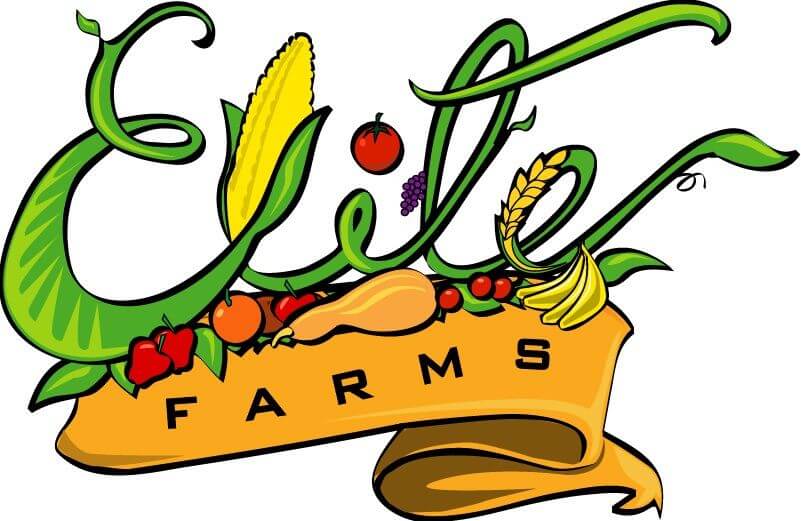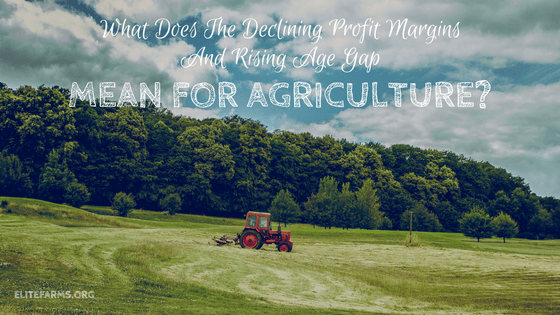Elite Farms depends on producers, and as a result, we are deeply invested in the farming and agriculture community. That being said, the farming community looks extremely different than it did just a few decades ago.
The average farmer is older, and the profit margins on various crops are smaller. Due to a tech boom and a shift in younger generations’ interest in the industry, the sector as a whole is changing shape. That is why the following list of ways that these facts are influencing the agriculture industry have been assembled. These ripple effects, in no particular order, are as follows:
- Farmers are Working Longer
- Philanthropy will Play a Large Role in Agriculture
- Federal Incentives For Young Farmers
- Implementing Automation
Farmers are Working Longer
The average age of a farm owner has been steadily rising since the 1950’s. In 1954, the average farm owner was under fifty years old. That number has skyrocketed to almost sixty years old as of 2012. As fewer young farmers enter the space, it is expected for this number to continue to rise. This forces farmers to work later in life and delay retirement because there are not enough farmers to replace them.
Philanthropy Will Play A Large Role In Agriculture
One of the biggest hurdles to overcome for farmers is the loan process to acquire more land. Additional land is needed because profit margins are lower and thus more must be grown to make the same amount of money as was made in previous years. As always there is still a huge food demand, but in order to be profitable, farmers have to compete with industrial agriculture operations that operate at a much larger scale.
To aid farmers, philanthropists are setting up programs to help guarantee loans that banks could not make with the farmer alone. As Dorothy Suput highlighted, farmers are already required to do so much. “The central problem is that farmers have to learn and exercise an incredible body of skills and knowledge to do well: mechanics, agronomy, husbandry, marketing, soil scientist, entomologist, bookkeeper, [as well as] knowledge of the many local, state, and federal laws that impact their farm and labor practices and many are doing it alone.” Without these support systems, it can be too much.
Federal Incentives For Young Farmers
To attract young farmers to this line of work, the federal government is offering incentives to encourage entry to the field. It is hoped that these financial incentives will be enough of a draw to bring more young people back to farming to relieve much of this manual labor from an aging demographic of farmers. The fact of the matter is, agriculture will always be in demand. Therefore we should be encouraging more people to join the ranks.
Implementing Automation
Lower profit margins means growing more crops for the exact same pay as in years past. This means many farmers are turning to automation and heavy machinery to maximize output. The higher the yield, the better chance a farmer has of ending the year in the green financially.
As the agricultural sector continues to change, it is safe to say that traditional approaches to agriculture will change as well. While there are no guarantees, it is increasingly possible that the above-listed trends will continue well into the future.

